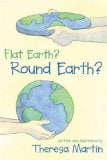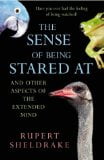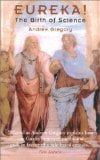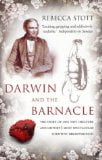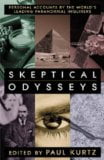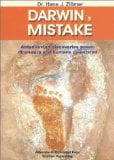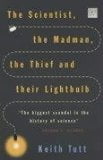 The Scientist, the Madman, the Thief and their Lightbulb
The Scientist, the Madman, the Thief and their Lightbulb
by Keith Tutt
Simon & Schuster, £7.00, ISBN 0743449762
This fascinating book covers a good selection, though admittedly not all, of the recent scientists and would-be scientists who have hoped to succeed in the search for free energy. In fact, it was first published as The Search for Free Energy in 2001, but the spin doctors must have felt that the title didn’t have enough jazz.
Tesla gets a chapter and is the only one who has actually contributed really useful products to life as we know it. Most exciting to me was the news that cold-fusion lives, that over 600 papers report independent tests which duplicate the initial Pons-Fleischmann effect, and that the hot-fusion crowd are attempting to suppress the truth. Did you know that?
There are ten interesting appendices, a good glossary and a proper index and list of references. Dr Hal Puthoff, whom most of us will remember as having been taken in big time by Uri Geller, is quoted as an authority several times. Other than that I have no major criticism.
We are not told anything about the author, which is a pity, as he writes well and presents good cases for the pros and cons of the field, but he should look up the meaning of the word ‘prolific’. Remind me to subscribe to New Energy News and Infinite Energy magazines and buy some Blacklight Power stock!

